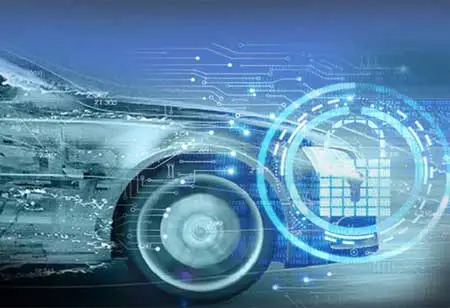Thank you for Subscribing to Auto Business Outlook Weekly Brief
Ensure The Safety of Autonomous Vehicles With These Tips and Tools
Autonomous vehicles are advancing from sci-fi fantasies to present reality, and as technology betters, personal and public transportation

By
Auto Business Outlook | Thursday, March 09, 2023
Stay ahead of the industry with exclusive feature stories on the top companies, expert insights and the latest news delivered straight to your inbox. Subscribe today.

Autonomous vehicles produce and manage a map of their environs with different sensors positioned throughout the vehicle. Radar sensors observe the position of adjacent vehicles.
Fremont, CA: Autonomous vehicles are advancing from sci-fi fantasies to present reality, and as technology betters, personal and public transportation will be forever changed. In the long term, driverless vehicles will eradicate the necessity for human drivers, eliminating tired, weakened, and diverted drivers from the roads. Based on the National Highway Traffic Safety Administration (NHTSA), almost 40,000 people died on the roads in the United States in 2017, with human error accounting for approximately 90% of those fatalities.
Sensors, actuators, complicated algorithms, ML frameworks, and cutting-edge processors are used to conduct self-driving car programming.
Autonomous vehicles form and manage a map of their surroundings per different sensors placed throughout the vehicle. Radar sensors observe the situation around vehicles. Video cameras notice traffic signals, read street signs, track different vehicles, and glance for walkers. Lidar (light detection and ranging) sensors measure distances, differentiate street edges, and identify path markings by rebounding light pulses off the vehicle's environmental aspects. When parking, ultrasonic sensors on the wheels identify curbs and various vehicles.
This sensory data is then treated by modern programming, plotted, and transmitted to the vehicle's prompter, which manages acceleration, slowing, and steering. The software sticks to traffic rules and navigates obstacles due to hard-coded rules, barrier avoidance algorithms, predictive modeling, and object identification.
For the vehicle to be qualified for driving without human intervention, extensive training must first be tried for the Artificial Intelligence (AI) system to notice how to view and comprehend what it's noticing and make the proper decisions in any potential rush-hour traffic case. The calculation performance of the self-driving car is relative to the best platforms, which were possible a few years ago.
The autonomous vehicle is anticipated to have more lines of code than any other software platform designed to date. By 2020, the average vehicle is foreseen to comprise over 300 million lines of code, exceeding 1 TB (terabytes) of storage, and a memory bandwidth of beyond 1 TB per second to help the compute performance needed for autonomous driving platforms.
Naturally, security is of the greatest significance concerning self-driving cars. The safety consideration advances beyond the monotonies built into the hardware systems to restrict abnormal choices. It contains a connected foundation to allow vehicles to convey with each other and their environment. This wirelessly coordinated computing subsystem with hardware monotony is managed by legislation foreseen to determine the required safety level directly symmetrical to the level of autonomy.






